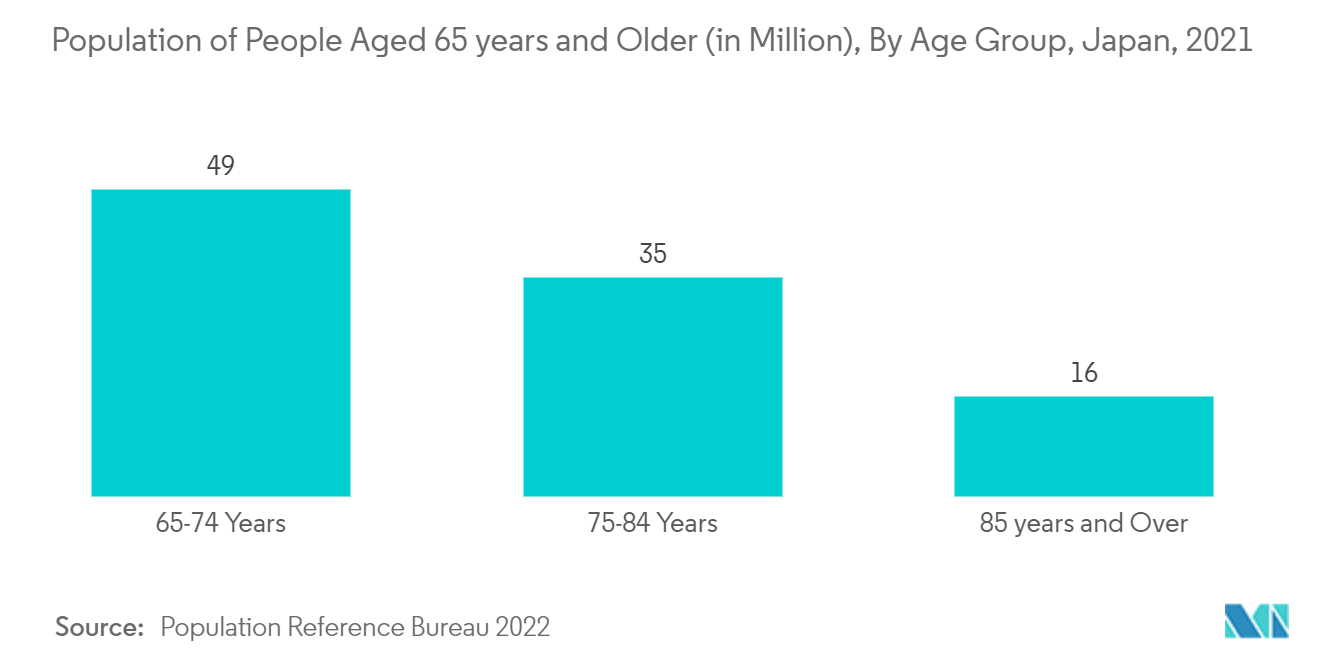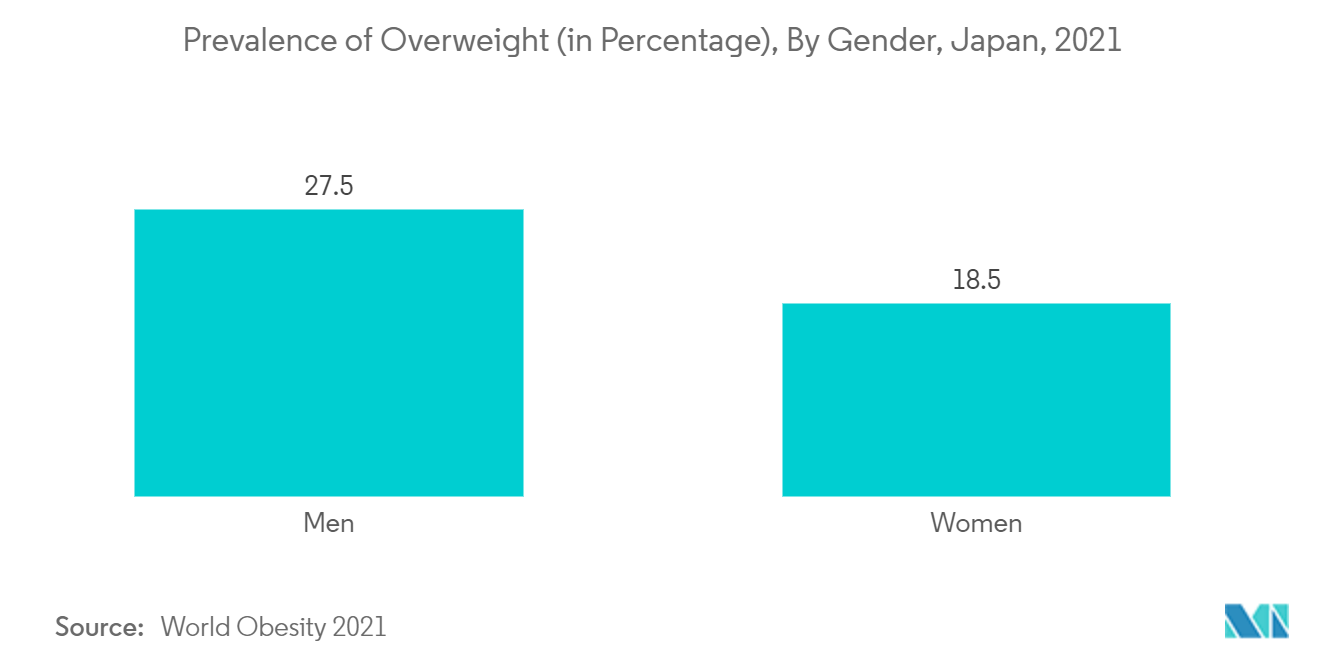Market Trends of Japan Spinal Surgery Devices Industry
This section covers the major market trends shaping the Japan Spinal Surgery Devices Market according to our research experts:
Spinal Fusion Surgery Devices Segment is Expected to Cover a Large Share of the Market Over the Forecast Period
Spinal fusion is a neurosurgical or orthopaedic surgical technique that joins two or more vertebrae. This procedure can be performed at any level in the spine (cervical, thoracic, or lumbar) and prevents movement between the fused vertebrae. Spinal fusion is most performed to relieve the pain and pressure on the spinal cord that results when a disc wears out due to degenerative disc disease. Other common pathological conditions treated by spinal fusion include spinal stenosis, spondylolisthesis, spondylosis, spinal fractures, scoliosis, and kyphosis.
The rising geriatric population is more prone to spinal injuries and degenerative disorders. The demand for spinal fusion surgery devices is expected to increase during the forecast period due to this population; for instance, as per the Statistics Bureau of Japan data in October 2021, the people in Japan aged more than 65 was 36.24 million contributing to 28.9% of the total population in 2021.
Furthermore, as per the article published by BMC journal in August 2022, the 1-year rate of mortality after spinal fusion surgery for a cervical fracture in patients 65 years of age or older was 8%. Its associated factors were a higher Charlson comorbidity index (CCI) score, a more severe American Spinal Cord Injury Association impairment scale (AIS), and a longer surgical time. The rate of deterioration in walking capacity was 33%. Since the walking capacity was improved in most cases, the adoption of spinal fusion surgery is likely to increase, and the advancements in the field of spinal fusion surgery are anticipated to boost segment growth.

Fracture Repair Devices is Expected to Hold Significant Share in the Market Over the Forecast Period
Fracture repair devices are expected to hold a significant share of the market owing to the prevalence of fractures in the Japanese population, along with the rising prevalence of obesity and the presence of major market players.
For instance, the BMC article published in November 2022 mentioned that 87.5% of osteoporosis patients had vertebral fractures in Japan annually. Additionally, the NCBI article published in October 2021 mentioned that in the Japanese population, endplate fracture was observed in 85.3% of the fracture patients annually. Such prevalence of fractures among the Japanese population is expected to drive the demand for fracture repair devices, thereby contributing to the growth of the studied segment.
Additionally, the rising prevalence of obesity among the Japanese population is also expected to contribute to the growth of the studied segment. For instance, the world population review data published in 2022 mentioned that in 2022, the obesity rate in Japan is 4.30%. Such prevalence of the obese population prone to spinal fractures and injuries due to the overweight is expected to drive the demand for fracture repair devices, thereby fueling the segment growth.
Additionally, the increasing market player's strategies, such as partnerships, collaborations, and others to provide effective fracture repair devices, are expected to drive the growth of the segment. For instance, in October 2021, Otsuka Medical signed an agreement with Teijin Nakashima Medical Co. to transfer the spine and fracture business of its subsidiary KiSCo through an absorption-type split.


